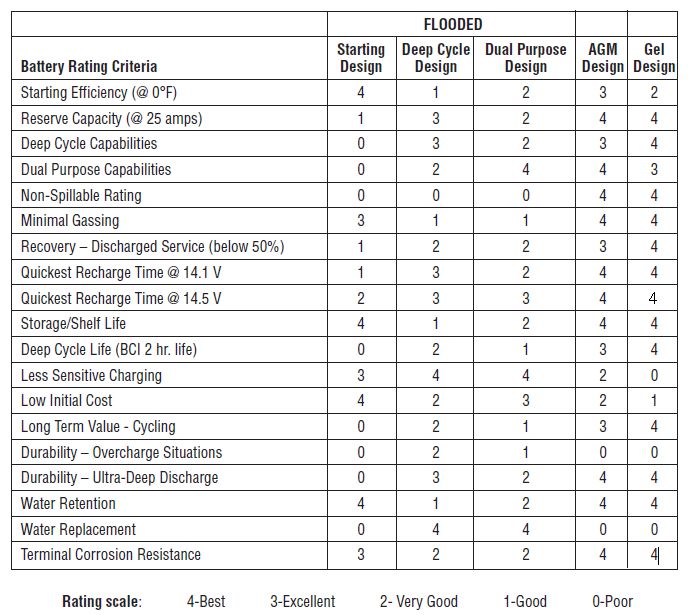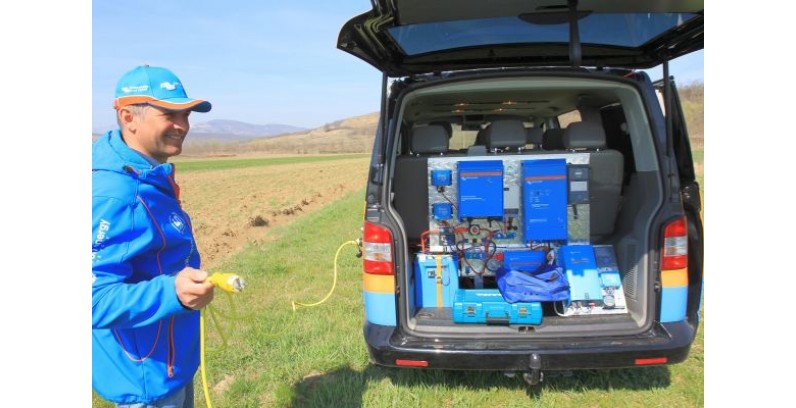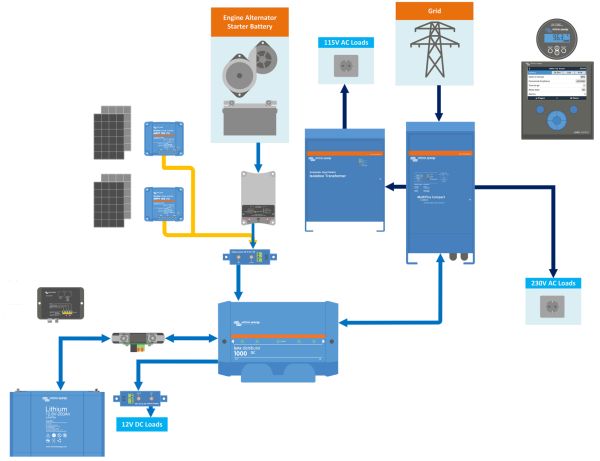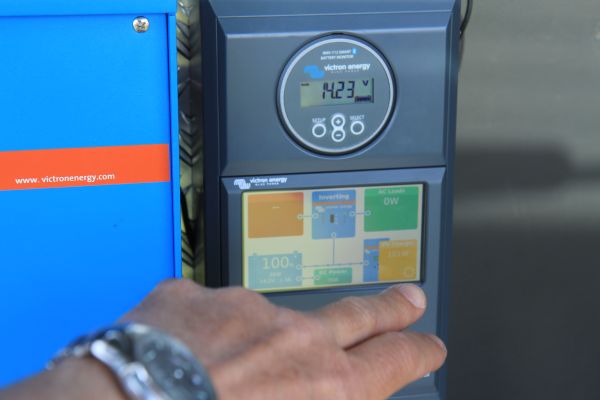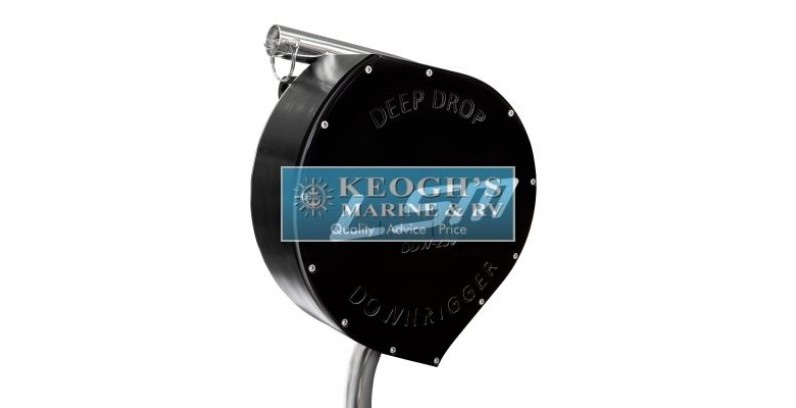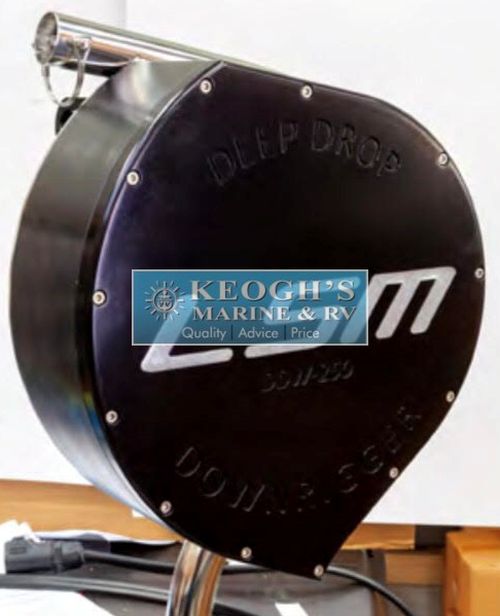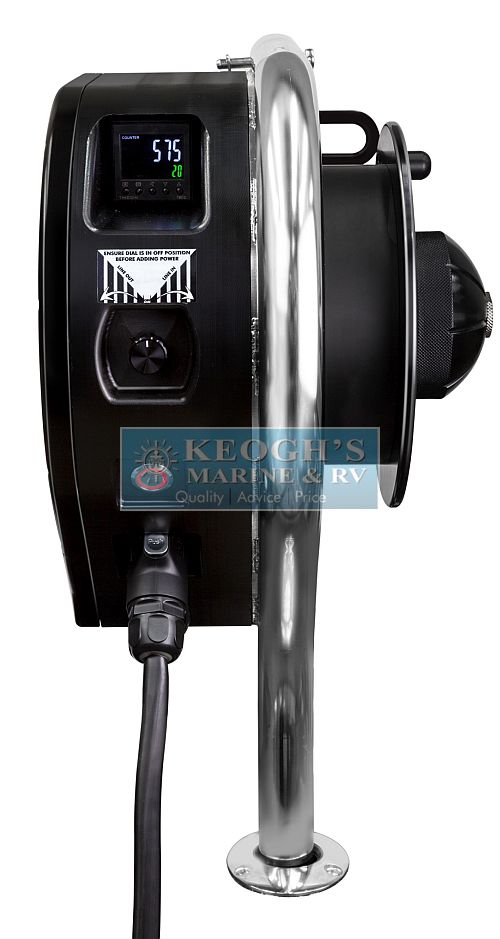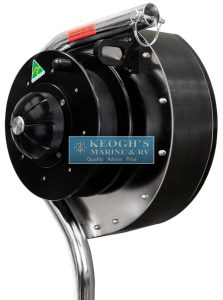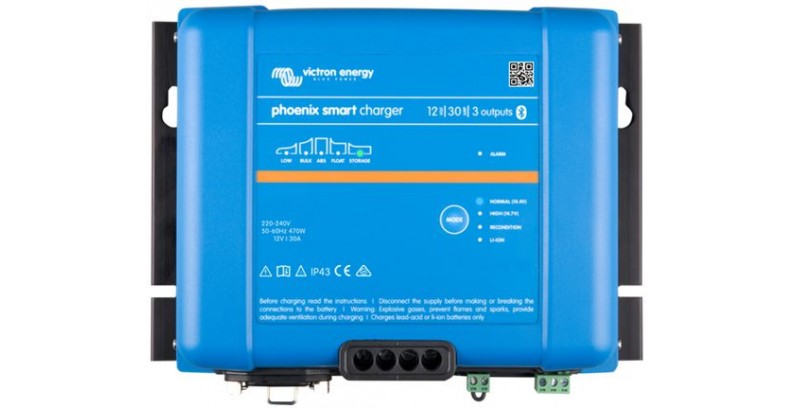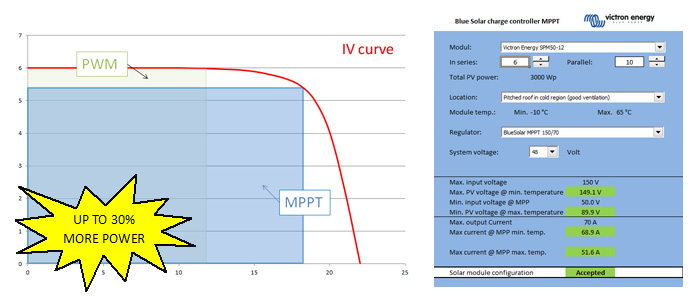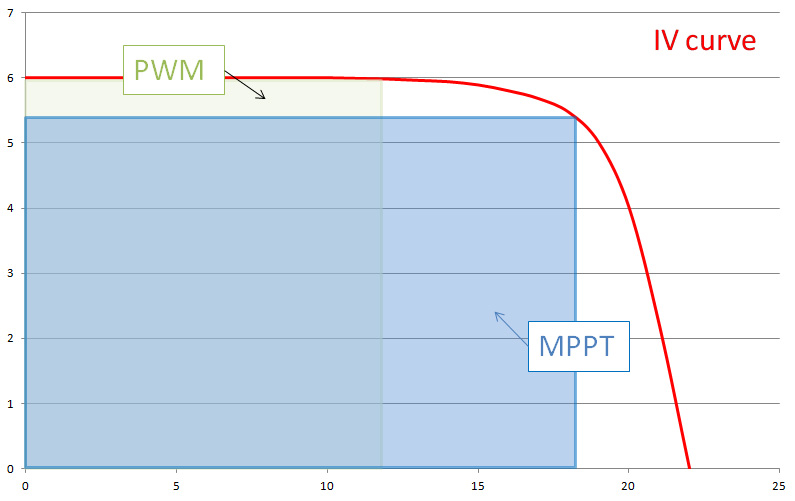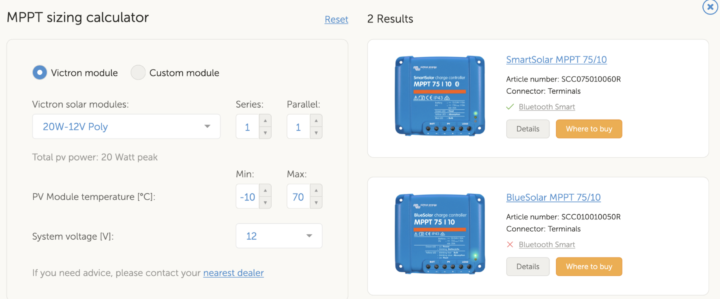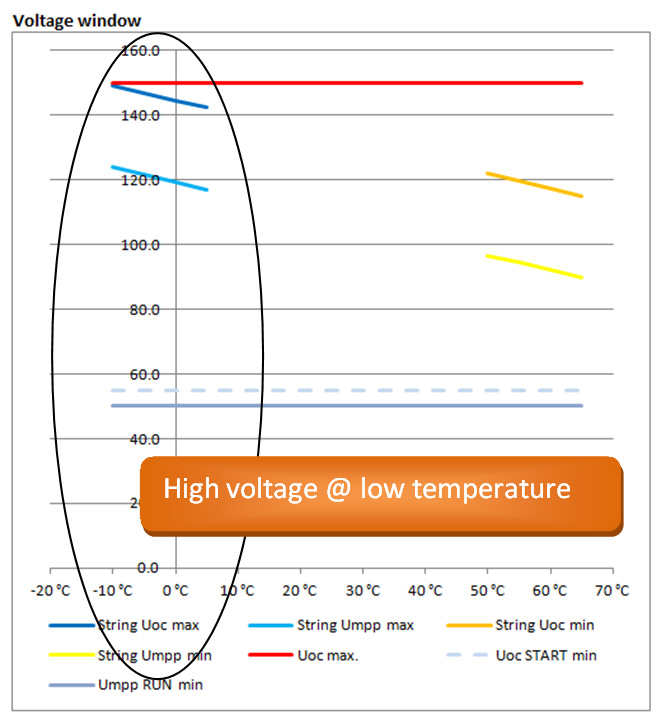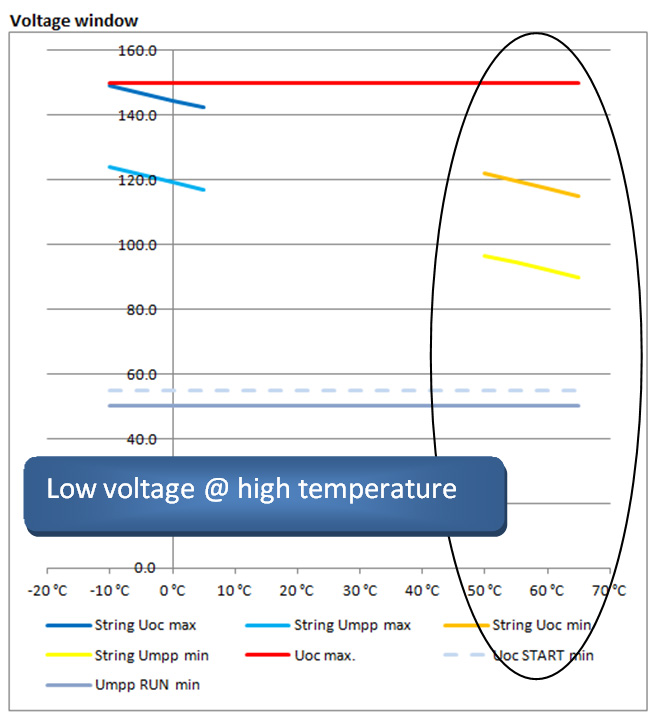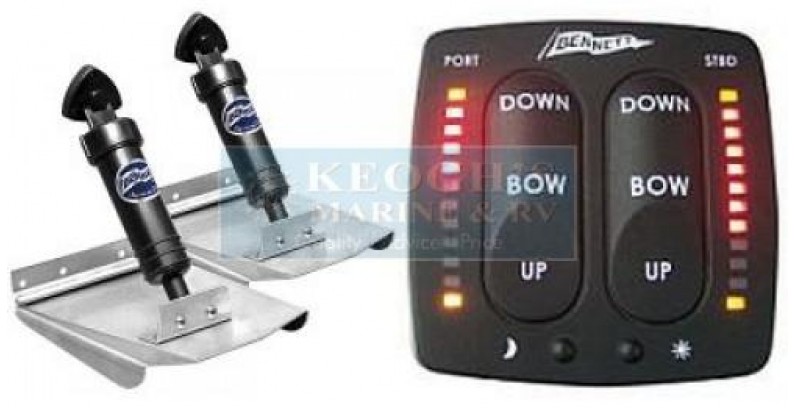
There are many brands of trim tabs such as Bennett, Lenco, QL, Smart, Instatrim, Boat Leveler and Lectro Tab… if you are confused about choosing the correct ones for your boat read on then call us on (Australia) 07 5529 2544.
Will Trim Tabs Keep my Boat Level?
Yes…you can improve the performance of your boat (assuming it planes) through properly sized trim tabs, they will:
- Get your boat up on plane quickly
- Allow you to plane at speeds lower than designed planing speed
- Adjust the boat’s attitude for changes in speed, sea conditions and shifting weight
- Correct boat’s side lean (listing) on either side of the boat
- Less drag and engine laboring, which translate into increased performance, greater speed, and reduced fuel consumption
- Reduced pounding, which means greater comfort
- Greater visibility, which increases safety
- Complete 12V Boxed Kits available with control switch and optional EIC
- Adjust the boat’s bow angle so the bow sits down more and tabs can stop the boat leaning to one side
- Bennett Trim Tabs help your boat operate as intended over a broader range of conditions.
- They give you more control than you ever had before
- Turn a teeth-jarring experience into a more comfortable ride.
Do These Conditions Sound Familiar?
As your boat slows from maximum speed, it begins to settle at the stern or “squat,” creating an inefficient, untrimmed condition. At this attitude you use more fuel to drive the boat.
As the boat pushes forward, it creates a “hill of water.” In this bow-high position, visibility is limited and the hull bottom is pounded. Also because of significant hull drag and extreme prop angle, fuel economy is poor.
Uneven weight distribution makes your boat harder to handle, even harder to get up on plane, and it causes your boat to list to one side. Your passengers complain when you tell them to move from one side to the other.As a boater you know that no two boating days are ever alike thanks to ever-changing weight, weather and water conditions.Bennett Trim Tabs are designed to adjust for these changing conditions and provide lift in order to give you the best possible running attitude.
Efficiency: Bennett Trim Tabs are one of the few boat accessories that can pay for themselves. Some boaters have experienced as much as 30% fuel efficiency gains.
- Reduce Fuel Consumption
- Reduce Engine Laboring
- Eliminate Squatting
- Reduce Engine Laboring
Safety: Relax at the wheel thanks to greater control over your bow high position.
- Improve Visibility
- Reduce Wake
- Improve Handling
- Reduce Hull Stress
Can I install Bennett Trim Tabs Myself?
Absolutely! While some boat owners may wish to have a dealer or boatyard install their trim tabs, just about anyone who is handy with a drill and screwdriver can install trim tabs. Bennett Marine designs trim tabs so that the average do-it-yourself boater can handle the installation in an afternoon. Depending upon the size and construction of the boat, it should take about 4 or 5 hours for installation.
Choosing the Right Trim Tabs for Your Boat –
Trim tab kits are available to suit tinnies, rigid inflatables, trailer boats, centre consoles, side consoles, runabouts, bass boats, most powerboats, fly bridge cruisers and large motor cruisers.
How to Choose Between Bolt Electric Trim Tabs or Hydraulic Trim Tabs?
You’ve decided to install Trim Tabs on your boat and have begun researching which ones will be the best choice.
After you have made the choice of size (our website gives size recommendations for each tab kit) , you will need to choose between the Hydraulic Trim Tab Kits or the Bolt Electric Trim Tab Kits.
To help you decide let’s take a look at the features and benefits of both systems.
- Bennett Hydraulic Trim Tab Systems:- Hydraulic systems are robust and will last for many years. With the electric pump safely mounted inside the boat in a dry location they are the best choice for boats kept in the water.
Since the nature of hydraulics permits precise synchronization of multiple actuators per Trim Tab, they are well suited for high speed and rough water applications.
The construction of the system also allows many components to be replaced if damaged, meaning the system can easily be repaired in the field at low cost by the boat owner.
It is true that hydraulic systems take more time to install than electric ones, but it is not difficult and easily within the skills of the average boat owner. - Electric Trims Tabs Systems:– are best suited for boats that are kept out of the water when not in use. A good rule of thumb is if your boat requires antifouling paint you should install a hydraulic system.
They are ideally suited to small craft such as flats boats, bass boats and bay boats. Open skiffs and other small boats are perfect candidates since there is no hydraulic pump (HPU – Hydraulic Power Unit) to locate in the boat.
Electric motors in the actuators cannot be precisely synchronized so they are limited to one actuator per Trim Tab.
Installation is a breeze you can start in the morning and be out running the boat before lunch. Their exclusive upper hinge design means no exposed wires and eliminates the need to reassemble them during installation.
Explaining the Different Types of Trim Tabs
Self Levelling Trim Tabs – Ideal for Tinnies and Rigid Bottom Inflatables – See Self Leveling Trim Tab Size Chart
- SLT6 Self Leveling Trim Tab Kit – Suits Boats 3 – 4.5 metre 499/SLT6
- SLT10 Self Leveling Trim Tab Kit – Suits Boats 4.6 – 5.5 metre 499/SLT10
- Bennett Self Leveling Trim Tab Kits- For Small Tinnies and RIBs (no controls – Pair of tab planes with semi fixed 3 position screw down actuators)

Electric Trim Tabs – Electric (Ram) Trim Tab Kits (For Non-Moored Boats Only)
Bennett Bolt Electric Trims tabs are best suited for boats that are kept out of the water when not in use. A good rule of thumb is if your boat requires antifouling paint you should install a hydraulic system.
Bolt trim tabs are ideally suited to small craft such as flats boats, bass boats and bay boats. Open skiffs and other small boats are perfect candidates since there is no hydraulic pump to locate in the boat.
Electric motors in the actuators cannot be precisely synchronized so they are limited to one actuator per Trim Tab.
- Bennett BOLT Electric Trim Tab Kit – 12 x 9 Inch Tabs – Complete Kit with Bolt Euro Rocker Control Switch (499/129/BRC4000)
- Bennett BOLT Electric Trim Tab Kit – 12 x 9 Inch Tabs – Complete Kit with Bolt Control Switch and Auto Tab Retract (499/129/BCN6000)
- Bennett BOLT Electric Trim Tab Kit – 12 x 9 Inch Tabs – Complete Kit with Bolt Indicator Control Switch and Auto Tab Retract (499/129/BCI8000) – (recommended)
- Bennett BOLT Electric Trim Tab Kit – 12 x 12 Inch Tabs – Complete Kit with Bolt Euro Rocker Control Switch (499/1212/BRC4000)
- Bennett BOLT Electric Trim Tab Kit – 12 x 12 Inch Tabs – Complete Kit with Bolt Control Switch and Auto Tab Retract (499/1212/BCN6000)
- Bennett BOLT Electric Trim Tab Kit – 12 x 12 Inch Tabs – Complete Kit with Bolt Indicator Control Switch and Auto Tab Retract (499/1212/BCI8000)
Hydraulic Trim Tab Kits – Bennett Sports Trim Tab Kits – M80 and M120 Kits
Bennett’s M80 and M120 Sport Tabs series are ideal for trailered boats in the 17′ – 23′ range. Their unique Batwing design provides 30% more lift than conventional trim tabs and their space-saving design ensures easy installation on virtually any transom. Note picture shows EIC control – kits are available with EIC control or standard non indicator control switch.



SPC Kits (M80SPC or M120SPC) include the Electronic Indicator Control (which shows tab positions) as well as the Senders and Auto Tab Retract
M80 Hydraulic Trim Tab Kits – Suit Boats 5.2 – 5.8 metres (Trailer or Moored Boats)
- M80 Complete Hydraulic Kit with Standard Rocker Control Switch – Tab is 8 x 10 inches (499/M80)
- M80SPC – Complete Hydraulic Kit with Electronic Indicator Control Switch With Auto Trim Tab Retract -Tab is 8 x 10 inches (499/499/M80SPC)
It is the same Kit as above but with the Electronic Indicator Control Switch – which shows Trim Tab Positions and this kit has Auto Trim Tab Retract
M120 Hydraulic Trim Tab Kits – Suit Most Boats 5.8 – 7.5 metres (Trailer or Moored Boats)
M120 Kits have Trim Tabs 10” x 12” which provide more lift
- M120 Complete Hydraulic Kit with Standard Rocker Control Switch – Tab is 10 x 12 inches (499/M120)
- M120 Complete Hydraulic Kit with Standard With Electronic Indicator Control Switch Auto Trim Retract -Tab is 10 x 12 inches (499/499/M120SPC)
Trim Tabs for Larger Boats –
- Bennett Classic Hydraulic Trim Tab Kits – ideal for larger boats that stay in the water, requiring high speed action under extreme marine conditions – 12 Volt or 24 Volt available call us for more information.
- Bennett Premier Line of XPT, BXT and SST systems – made for Motor Yachts, Military/Patrol and Sport Fishing vessels that face the most challenging conditions on the water.
- The Premier Line of trim tabs are for Luxury Motor Yachts, Military, Government, Sport Fishing and Commercial vessels from 9 m (30 ft) to 38 m (120 ft).
- XPT1520:15″ x 20″ Trim Plane Assembly (Single actuator per tab)
- XPT1820: 18″ x 20″ Trim Plane Assembly(Single actuator per tab)
- XPT1824: 18″ x 24″ Trim Plane Assembly(Dual actuators per tab)
- XPT Custom: (Custom sizes with single or dual actuator options)
- BXT: (Custom sizes with single or dual actuator options)
- SST: (Custom sizes with single or dual actuator options)
- Single or dual stainless steel, dual acting actuators, no exposed hydraulic lines
- Laser-cut 7-gauge, stainless steel, heavy duty trim planes
- Systems can readily be retrofitted to any vessel
- All systems are customizable
- 12V or 24 V trim tab kits available
Call Keoghs Marine for further advice and information on 07 5529 2544.
Trim Tab; Boat Size Chart Guide
| Boat Length | Trim Tab Size (span x chord) |
| 17’-19’ (5.2-5.8 m) | 8” x 10” (20 x 25 cm) M80 |
| 19’-23’ (5.8-7 m) | 10” x 12” (25 x 30 cm) M120 |
| 15′-19′ (4.6-5.8 m) | 12” x 9” (30 x 23 cm) |
| 19’-24’ (5.8-7.3 m) | 12” x 12” (30 x 30 cm) |
| 20’-23’ (6.0-7.0 m) | 18” x 9” (46 x 23 cm) |
| 22’-27’ (6.7-8.3 m) | 18” x 12” (46 x 30 cm) |
| 22’-27’ (6.7-8.3 m) | 24” x 9” (61 x 23 cm) |
| 25’-31’ (7.6-9.1 m) | 24” x 12” (61 x 30 cm) |
| 25’-31’ (7.6-9.1 m) | 30” x 9” (76 x 23 cm) |
| 25’-31’ (7.6-9.1 m) | 30” x 12” (76 x 30 cm) |
| 32’-38’ (9.7-11.6 m) | 36” x 9” (91 x 23 cm) |
| 32’-38’ (9.7-11.6 m) | 36” x 12” (91 x 30 cm) |
| 36’-44’ (11.0-13.4 m) | 42” x 9” (107 x 20 cm) |
| 36’-44’ (11.0-13.4 m) | 42” x 12” (107 x 30 cm) |
| 42’-50’ (12.8-15.2 m) | 54” x 9” (137 x 23 cm) |
Trim Tab Rams and Spare Parts –
- Replacement Hydraulic Rams for Bennett Trim Tabs – (Click this link for technical details and pictures)
- 499/352RC – Short Ram – Rivet Clear (most popular) – The retracted length of the short actuator is 11 3/4 inches with a standard stroke of 2 1/2 inches.
- 499/352 – Extra Short Ram – Rivet Clear – The retracted length of the Extra Short actuator is 10 5/8 inches with a standard stroke of 2 1/2 inches.
- External Line Actuators are also available on request.
Bennett Hydraulic Ram Installation Tips

Actuators (rams) can be mounted as:- Standard Installation – where the upper hinge of the actuator is positioned against the transom or as a Vertical Installation or as a Reverse Installation which is popular for sport fishing boats as the tabs won’t get in the way of fishing lines.
FAQs Frequently Asked Questions
Will the Trim Tabs Fit my Boat?
Before purchasing trim tabs, make sure there is room to place the tabs. Check the design of the transom and measure for clearance around swim platforms or ladders.
You’ll need at least 12 inches along the bottom of the boat and 12 inches vertically from the point in the center of the tab.
While your local dealer can install trim tabs for you, just about anyone who is handy with a drill and screwdriver can install trim tabs. Bennett Marine designs trim tabs so that the average do-it-yourself boater can handle the installation in an afternoon. Depending upon the size and construction of the boat, it should take about 4 or 5 hours for installation for hydraulic kits – SL tabs and electric kits will be much quicker.
I can’t get access to the inside of the transom to connect the hydraulic fittings. What do I do?
One of the unique features of the Bennett Trim Tab system is the use of concealed through-transom hydraulics. However, there are cases of complete inaccessibility inside the transom, making the use of the standard Bennett actuator difficult. For such instances, the Bennett actuator is available with an external line connection. This avoids the inaccessibility problem by allowing the hydraulics to enter the transom at a location where there is no obstruction. If you need external line actuators contact Bennett Marine to arrange a no-charge trade for your standard actuators.
My Transom has a Swim Platform (or other feature) that limits the height where the actuators can mount on the transom. Now what?
There is an option for you – the “short” actuator. The short actuator’s overall closed length measures 11.75 inches so it can mount lower on the transom. It is 2 inches shorter than the standard actuator that measures 13.75 inches. If you need short actuators for your installation, talk to us about an exchange of your standard actuators.
What size fuse does my trim tab system use?
On a 12 volt system use a 20 amp (24 volt will use 10 amp) in-line fuse on the power lead to the helm control.
I Keep my Boat in Saltwater – Do I need to protect the trim tabs from corrosion?
To provide protection from electrolytic corrosion, a zinc anode must be applied to each tab. The zinc must make direct contact with the stainless steel. Do not ground trim tabs to other underwater appendages.
How do I Paint my Trim Tabs?
The secret to getting anti-fouling paint to adhere to your trim tabs is proper priming, and the best people to tell you what to do are the experts at the company that makes your anti-fouling paint. We strongly suggest that you contact the paint manufacturer and tell them you are painting “304 stainless steel” trim tabs, then follow their recommendations to the letter! Remember, don’t paint under the zincs.
How Do I Use My Trim Tabs?
Don’t Worry About Which Trim Tab is Moving
Bennett Trim Tabs operate the reverse of what you might think.
The port trim tab lowers the starboard bow. Conversely, the starboard trim tab lowers the port bow.
The control is wired so that all you have to do is press the control in the direction you want the bow to move. The proper use of Bennett Trim Tabs becomes second nature after a short time.
Make Small Adjustments
The key to getting the best results from your trim tabs is to operate them in short half-second “bursts” and let the boat react before making another adjustment. The amount of time between corrections is influenced by the size of the trim tabs and the boat’s speed.
Avoiding Over-trimming
Operating your tabs this way will help avoid over-trimming, which occurs when you’ve deflected the tabs too far. An over-trimmed boat will “plow” or “bow-steer.” If you over-trim the boat, simply press “Bow Up” and the bow of the boat will rise.
How To Get Your Boat’s Optimum Attitude?
Operating your tabs this way will help avoid over-trimming, which occurs when you’ve deflected the tabs too far. An over-trimmed boat will “plow” or “bow-steer.” If you over-trim the boat, simply press “Bow Up” and the bow of the boat will rise.
Your boat may have been built to avoid this situation. Bennett’s hydraulically-adjustable trim tabs enable a boat to be designed and rigged so it never runs in an over-trimmed condition even at the top end of its speed range. This avoids the hazardous combination of high speed and unpredictable handling.
How To Correct a Boat Listing?
As a result of uneven weight distribution, prop torque or wind, a boat can run with a list. Deep “V” hulls are particularly vulnerable to this condition. Running with a list is uncomfortable, as well as unsafe. Bennett Trim Tabs operate independently for effective list correction.
You can easily bring the boat level using your control.
- If the port bow is high, push the port side “Bow Down” direction (this lowers the trim tab on starboard side).
- If the starboard bow is high, push the starboard side “Bow Down” direction until the boat is level (this lowers the trim tab on the port side).
How to Adjust Tabs During Take-Off?
Properly sized trim tabs can significantly reduce the time needed to get up on plane. They also allow a boat to keep its bow down and stay on plane at lower speeds.
As the throttle is advanced, the stern of the boat begins to squat, lifting the bow. As the boat accelerates, push the bow down position of the helm control in short bursts. The boat reacts by the stern lifting, the bow coming down, speed increasing and the engine laboring less.
How To Change a Boat’s Attitude to Match Sea Conditions?
- Choppy Head Sea – For the most comfortable ride, when running into a head sea you want to trim the bow down so the sharp forward sections of the boat do their work cleaving the waves. This will bring the “V” of the hull in contact with the waves rather than having the waves pound the hull – and your passengers.
- Following Sea – For best maneuverability and maximum steering control, trim tabs should be fully retracted in a following sea, or when running an inlet.
- Beam Sea – Boats operating with waves approaching from the side often throw spray up on the windward side. This spray often is carried aboard by the wind (particularly on smaller vessels). Trim tabs are used to raise the windward side of the boat, blocking the spray that blows over the boat, resulting in a drier ride.
- Correcting Porpoising
- Porpoising is a condition more common in faster, performance boats. As speed increases, the bow repeatedly rises out of the water until gravity overcomes lift and the bow bounces down. Press “Bow Down” in half second bursts. As the trim tabs deflect, the porpoising subsides and your speed should remain the same or increase. Only a slight amount of trim tab deflection should be necessary.
- Reversing (or backing down on a fish)
- When operating the boat in reverse, both trim tabs should be fully raised. The trim tabs produce drag if they are left down in reverse. This puts strain on the tabs as well as affects the boat’s handling in reverse. Additionally, if one tab is deflected more than the other in reverse the boat tends to pivot around the deflected tab. Properly installed tabs, fully retracted have no effect on backing down



